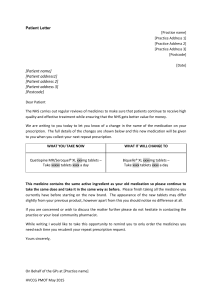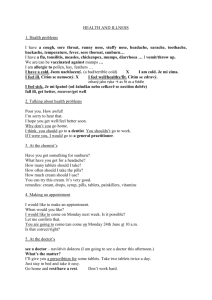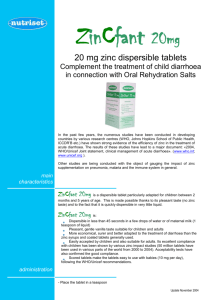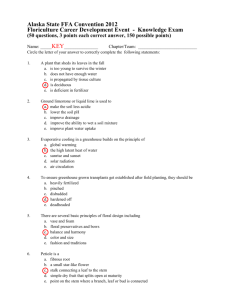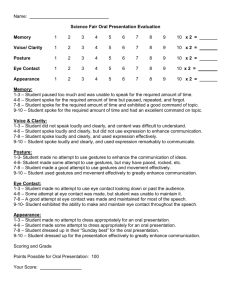Identifying Variables Worksheet: Science Experiment Design
advertisement
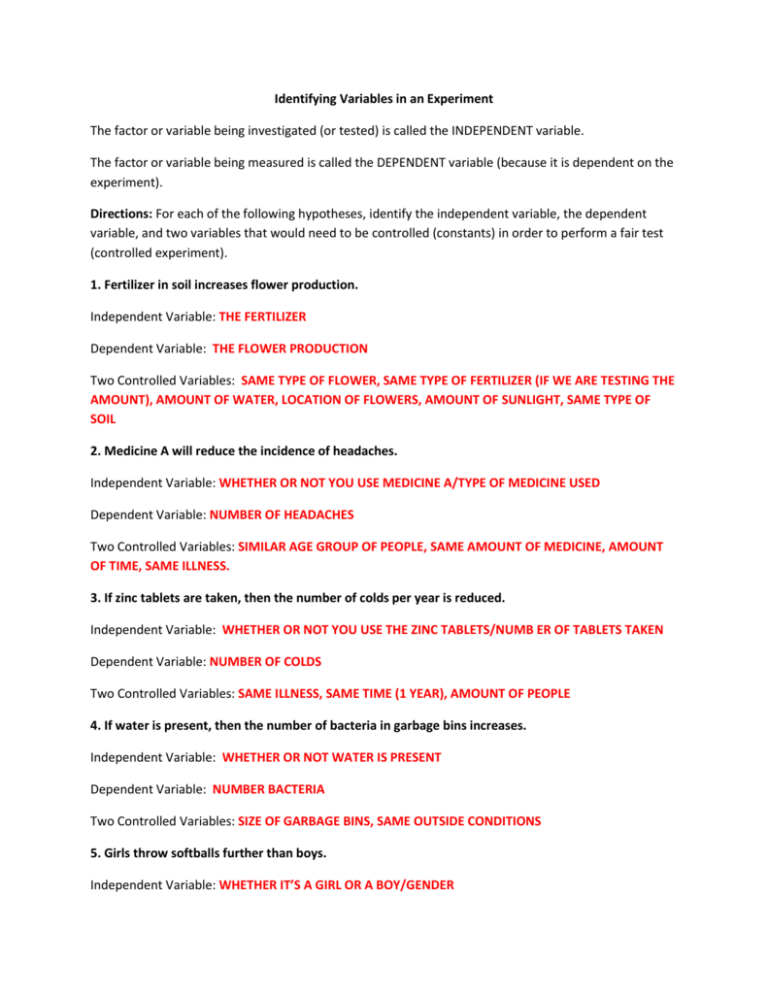
Identifying Variables in an Experiment The factor or variable being investigated (or tested) is called the INDEPENDENT variable. The factor or variable being measured is called the DEPENDENT variable (because it is dependent on the experiment). Directions: For each of the following hypotheses, identify the independent variable, the dependent variable, and two variables that would need to be controlled (constants) in order to perform a fair test (controlled experiment). 1. Fertilizer in soil increases flower production. Independent Variable: THE FERTILIZER Dependent Variable: THE FLOWER PRODUCTION Two Controlled Variables: SAME TYPE OF FLOWER, SAME TYPE OF FERTILIZER (IF WE ARE TESTING THE AMOUNT), AMOUNT OF WATER, LOCATION OF FLOWERS, AMOUNT OF SUNLIGHT, SAME TYPE OF SOIL 2. Medicine A will reduce the incidence of headaches. Independent Variable: WHETHER OR NOT YOU USE MEDICINE A/TYPE OF MEDICINE USED Dependent Variable: NUMBER OF HEADACHES Two Controlled Variables: SIMILAR AGE GROUP OF PEOPLE, SAME AMOUNT OF MEDICINE, AMOUNT OF TIME, SAME ILLNESS. 3. If zinc tablets are taken, then the number of colds per year is reduced. Independent Variable: WHETHER OR NOT YOU USE THE ZINC TABLETS/NUMB ER OF TABLETS TAKEN Dependent Variable: NUMBER OF COLDS Two Controlled Variables: SAME ILLNESS, SAME TIME (1 YEAR), AMOUNT OF PEOPLE 4. If water is present, then the number of bacteria in garbage bins increases. Independent Variable: WHETHER OR NOT WATER IS PRESENT Dependent Variable: NUMBER BACTERIA Two Controlled Variables: SIZE OF GARBAGE BINS, SAME OUTSIDE CONDITIONS 5. Girls throw softballs further than boys. Independent Variable: WHETHER IT’S A GIRL OR A BOY/GENDER Dependent Variable: DISTANCE OF THE THROWN SOFTBALL Two Controlled Variables: SAME TYPE/MASS OF SOFTBALL, SAME LOCATION.



